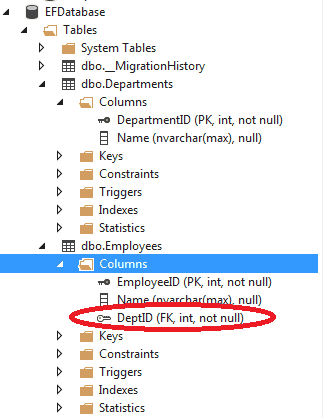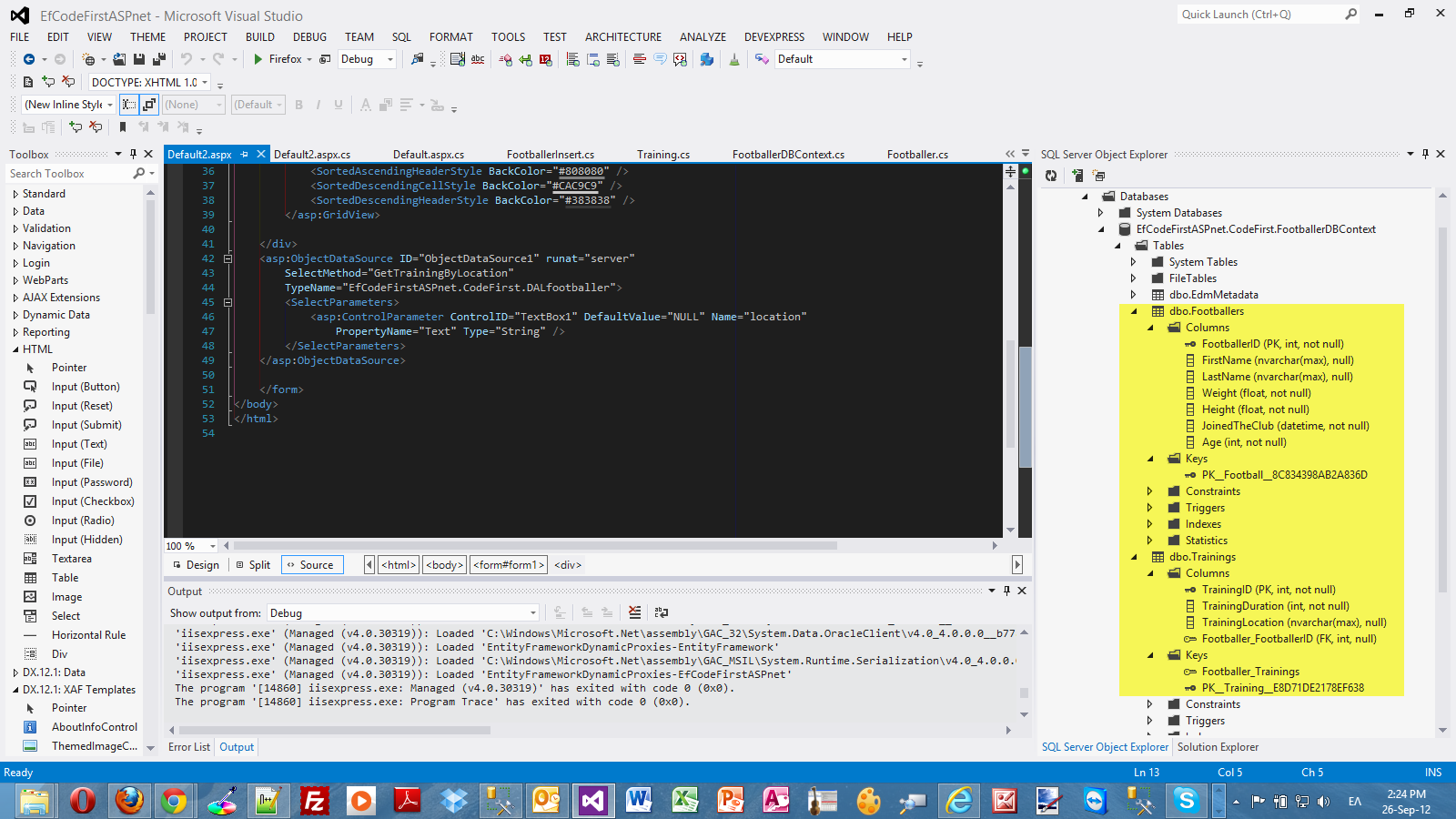

Naming conventions for Context and DirectoriesĭbContext class name will be the name of the database by default. If you would like to use Data annotations please specify the below commands to generate scaffolding accordingly.ĭotnet ef dbcontext scaffold -data-annotations With UseDatabaseNames EFCore will try its best to respect the existing convention based on Table and schema structure and for any elements causing the issue, it will use default conventions.ĭotnet ef dbcontext scaffold -use-database-namesĪll scaffolding of Entity types will be configured using the Fluent API by default. If you would like to use the same naming convention as defined by your database and database schema please use the additional command with UseDatabaseNames while scaffolding. NET naming conventions for Types and properties by default i.e Scaffolding will generate names on its own.

Please note that Table and Column names will follow the. Naming conventions for Table and Entities The above command will create scaffolding for Tables specified within the command i.e Table1, Table2, and Table3. PM>Scaffold-DbContext Server=localhost\SQLEXPRESS Database=master Trusted_Connection=True " -Tables Employee, Contractor, Vendor -OutputDir Models -ContextDir Context -Context EmployeeContext PM> scaffold-dbcontext -Tables Table1, Table2, Table3ĭotnet ef dbcontext scaffold -table Employee,Contractor, Vendor Scaffolding Scaffold-DbContext Multiple Tables(Selected) The above command will create a scaffold for only a single table from the database.

PM>Scaffold-DbContext "Server=localhost\SQLEXPRESS Database=master Trusted_Connection=True " -Tables "Employee" -OutputDir Models -ContextDir Context -Context EmployeeContext PM> Scaffold-DbContext -Tables ĭotnet ef dbcontext scaffold -table Scaffolding using Scaffold-DbContext for one Table The above commands will create scaffolding on the given database.Īll the model entities will be created in the Models directory and the Context name will be “ EmployeeContext“ PM> Scaffold-DbContext "Server=localhost\SQLEXPRESS Database=master Trusted_Connection=True " -OutputDir Models -ContextDir Context -Context EmployeeContext PM>Scaffold-DbContext "your DB connection string" ĭotnet ef dbcontext scaffold "your DB connection string" In such scenarios, all the Tables will be scaffolded (even if it is not required).
#Ef data annotations how to#
Let’s now see how to generate the code using scaffolding commands.īy default, if in the commands, you don’t specify any Tables properties then scaffolding will be done at the Database level. So far above we only looked at how to set up the EFCore tools. Please run the scaffold-dbcontext command to generate the required scaffolding as explained above. Once installed successfully, please verify the installation by running the below command, How to verify the Entity framework version The CLI tools are cross-platform and easy to use.įollowed by adding the below package using CLI or Visual Studio IDE (Please use the project location directory to run this command)ĭotnet add package If not using Visual Studio as an IDE then you can create, scaffolding globally usingĮFCore CLI Tool can be installed by using global dotnet-ef tools. If you would like to verify installed EF Core tools please run the below command Setting up EFCore using EntityFrameworkCore.Tools nuget packageĮFCore Package Manager Console Tool can be installed by using the below NuGet package within the project directory, The above-listed tools can be used with Visual Studio or VS Code.
#Ef data annotations install#
How to Install Entity Framework – EFCore Tools This concept works best with the Database first or Schema first approach very well.īefore starting please make sure the required tools are installed properly. It decreases the amount of code written manually and maintenance required for data-oriented applications. This useful ORM feature is just a click feature. Naming conventions for Context and Directories.Naming conventions for Table and Entities.Scaffolding Scaffold-DbContext Multiple Tables(Selected).Scaffolding using Scaffold-DbContext for one Table.How to verify the Entity framework version.Setting up EFCore using EntityFrameworkCore.Tools nuget package.How to Install Entity Framework – EFCore Tools.


 0 kommentar(er)
0 kommentar(er)
